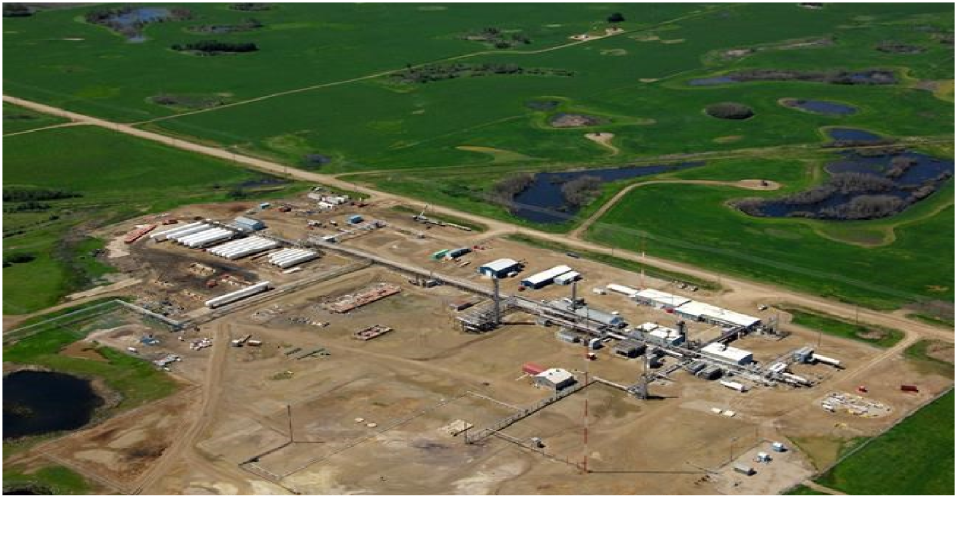A Calgary-based company is now considering converting waste gas from crude oil wells into valuable electricity for nearby communities. This is pressure mounts on the oil and gas sector to reduce its emissions, says EnergyNow media.
The privately held Steel Reef Infrastructure Corp. — which owns and operates, according to the source, a network of crude oil and natural gas pipelines, as well as processing and storage facilities in Saskatchewan and North Dakota, now wants to be known and seen as an industry leader in the relatively new space of flare gas recovery.
The company, according to the report, has announced that it signed a series of power purchase agreements with Crown Corporation – SaskPower that would see it provide the utility with approximately 100 megawatts of electricity per year for Saskatchewan’s grid — enough to power 100,000 homes annually.
The electricity, expected to come onto the province’s grid by late 2027, will be produced at five of Steel Reef’s gas plants in Saskatchewan, using recovered gas that would otherwise be flared into the atmosphere at well sites.
“When we got into this, flare gas was an issue and it continues to be an issue,” says Steel Reef CEO Scott Southward in an interview.
“To me it’s inefficient. If you’re flaring … you’re missing out on an opportunity, right? That’s a valuable product that can’t be used.”
Than to flare this all-important byproduct, Steel Reef decided, since 2012, to help its oil-drilling customers by capturing this excess gas for them and then transporting it by pipe to its processing facilities where it can be made into useful products like propane and butane.
While acknowledging their newness in the electricity generation and distribution space in an interview, Southward said the company has properly laid-out plans to invest $265 million to install new turbines and electrical substations at five of its Saskatchewan locations to convert the gas into electricity. Adding that the power produced at the sites will be “carbon efficient” in that it will put the flare gas into productive use, even at a time when electricity demand is on the rise.
“The demand for electricity is really growing, so we feel this is a good first step for us to become the market leader in the flare-gas-to-power space that’s emerging right now,” he said

